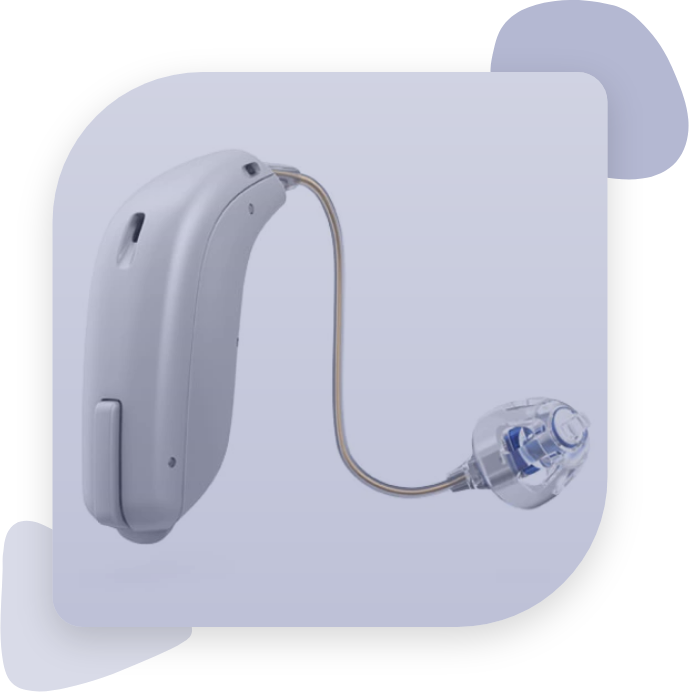TYPES OF HEARING AIDS
There are many different types of hearing aids, and each one has its own unique features. Some people prefer behind-the-ear (BTE) or in-the-canal (ITC) styles, while others opt for a completely invisible option like a completely in the canal (CIC). The type of hearing loss you have will also determine what kind of device works best for you.
You can learn more about the types of hearing aids below to help narrow down your choices based on the style that you need or prefer. We’ve also included pros and cons for each type of hearing aids to help you weigh what matters most. .

Types of Hearing Aids for Specific Hearing Loss
Noise induced hearing loss is an occupational hazard for people who work in loud environments. There are different types of hearing aids to help combat this problem.
Different types of hearing aids can lock out background sounds to focus on the present moment, attenuating wind or other nuisance noises that interfere with conversations you want to hear most urgently, or simply creating a sense of peace by blocking stressful voices or environments so you can reach your full potential during emotional therapy sessions or work performance reviews. Specific types of hearing aids and ear plugs can filter noises from daily life when it makes more sense for the wearer to concentrate.
We can help you choose the best types of hearing aids for you. Visit us at PA Center for Hearing and Balance to get an accurate hearing test and a step-by-step assistance from fitting to adjustments.
TWO BASIC TYPES OF HEARING AIDS
The ITE is an internal device worn on or in a person’s ear that helps amplify sound. It has the advantage of needing only one piece for both ears, making it convenient when traveling, but does not have as much space to contain all of the electronic components so can end up being bulky.
The BTE needs to be screwed in through an opening at the top or side of each ear from outside, often with assistance from someone else.
In-the-ear types of hearing aids
Behind-the-ear types of hearing aids
TYPES OF HEARING AIDS - BATTERIES
Hear Better. Live Better.
-
130 S. State Road,
Suite 201 Springfield, PA 19064 -
905 West Sproul Rd,
Suite 201 Springfield, PA 19064 - 610-438-5203
